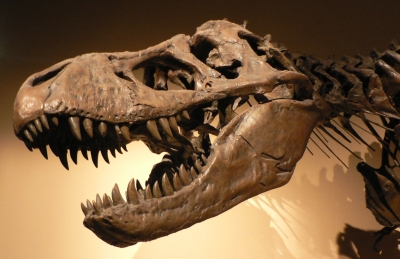
Biostratigraphy is the branch of stratigraphy that uses fossils to establish relative ages of rock and correlate successions of sedimentary rocks within and between depositional basins. A biozone is an interval of geologic strata characterised by certain fossil taxa. Such intervals are often defined by the first appearances (range bases), apparent extinctions (range tops/last appearances), or abundances of fossil index species. These key index species should be relatively abundant, short-lived taxa that are easy to recognise and as geographically widespread as possible. Widely used fossil groups include brachiopods, conodonts, dinoflagellate cysts, foraminifera, graptolites, nannofossil, spores and pollen and trilobites. Zonal schemes based on several different fossil groups can be used in parallel, and the zones can be calibrated to the absolute geological timescale using tie points to rocks which have been radio-isotopically dated.
There are several kinds of biostratigraphy. Formal biostratigraphy is concerned with the delineation of biostratigraphic zones, which are bodies of rock defined by the presence of selected nominal taxa (fossil species or groups whose name is attached to the biostratigraphic zone). A special kind of formal biostratigraphy is called biochronostratigraphy, which requires nominal taxa that are short-lived and thus their existence defines well a short interval of geological time. Informal biostratigraphy is concerned with using fossil taxa to help define ancient environments, a type of study called paleoecology (the study of ancient ecology preserved in sedimentary rocks).
Picture Credit : Google

